A to Z - HIGHLIGHTS of Derby AND district - Part 15
The A to Z – highlights of Derby and District is a 19-part series and will be published weekly.
Shire Hall – Stenson Lock
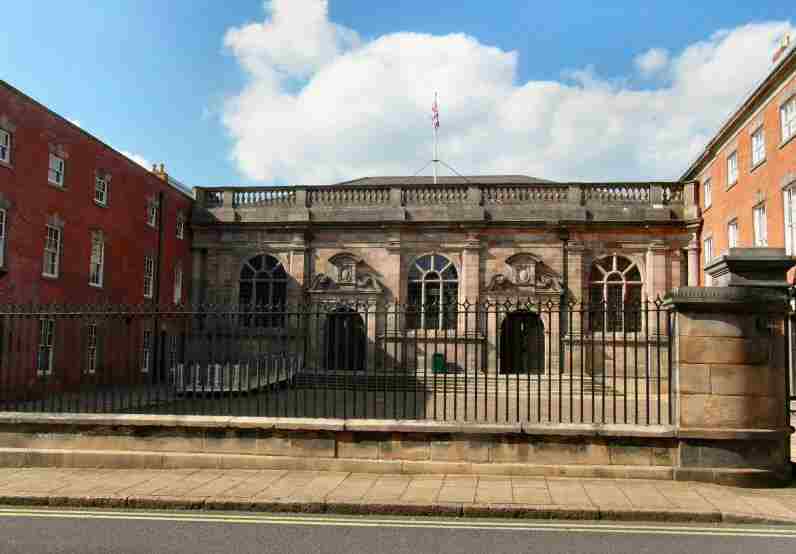
SHIRE HALL
The Shire Hall, near the bottom of St Mary’s Gate, later known as the Crown Hall, was completed in 1659. Originally it was used for concerts, plays, and gatherings, as well as courts and assizes. This ended in 1714 when the new Assembly Rooms were built. The buildings then became exclusively a Crown Court. Until the court moved to the Morledge in 1989. After going into decline for several years the buildings have been converted into the city’s Magistrates’ Court.
SILK MILL
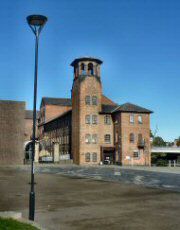
The Silk Mill with its eye-catching Italian-style tower is a significant landmark in the city. Now it forms part of the Derwent Valley Mills World Heritage Corridor and has been re-opened as the Museum of Making. John Lombe was determined to set up a successful silk business and despite the risks involved went to Italy, to steal the manufacturing secrets. Together, with his half-brother, he set up the Silk Mill, between 1717-8.
SILK MILL PUBLIC HOUSE
The first records of the existence of the Old Silk Mill pub by name are dated 1874. However, it is likely, it dates back much further. To the years when Sir Thomas Lombe’s historic Silk Mill was fully operational. It was demolished in 1924 and replaced on a slightly different site by the present half-timbered building.
SILK MILL PUBLIC HOUSE – MURAL
A mural takes up the whole of one of the external walls of the Silk Mill public house. It was painted in 1986 and depicts the Silk Trades’ Lockout of 1833/4. When hundreds of newly-joined trade unionists found themselves locked out because of their membership in a union. Eventually, strike pay ran out and the strikers began to return to work but 600 were not re-instated.
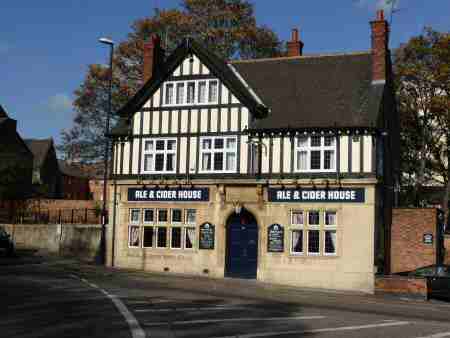
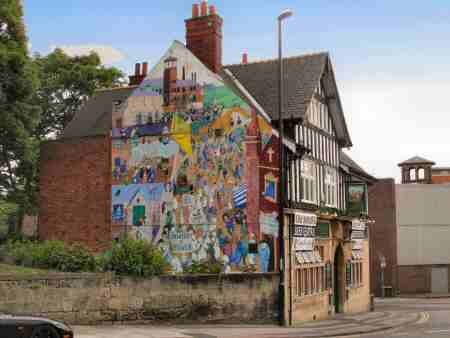
SINFIN
Historically, Sinfin was a small village before being swallowed up by the expansion of Derby. It is now made up of two distinct parts, the ’new’ and the ‘old’. It also merges with Stenson Fields where a substantial house-building programme took place during the second half of the 20th century. The “old” part is bordered to the north by the Derby to Crewe railway line.
SPONDON
Now a suburb of Derby for many years Spondon was a predominantly farming community Gradually other industries sprang up including basket making, a timber yard, a brickyard, a boot repairers and a blacksmith. The women were kept busy winding cotton onto bobbins. The cotton was delivered weekly to the White Swan Inn from the mills at Darley Abbey. Before the Industrial Revolution, Spondon became famous for making silk gloves.
SPONDON FACTORY
From 1916, until recent times there has been an industrial site on the banks of the River Derwent at Spondon. Originally the site was developed during the First World War, to waterproof aircraft wings. It first entered production under the name of the British Cellulose and Chemical Manufacturing Company, later manufacturing under a variety of different names. The site is now set for redevelopment but the railway remains.

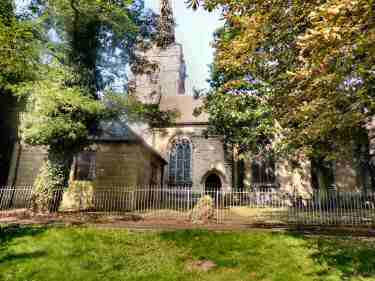
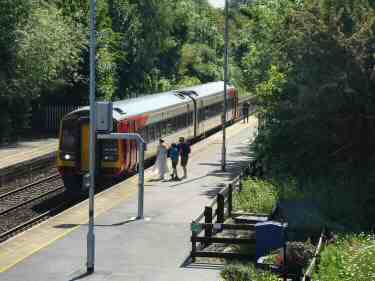
SPONDON – THE MALT SHOVEL
The greatest upheaval in the village’s history came in 1340. When Spondon was nearly wiped out because of a disastrous fire caused by a woman drying malt at the door of a furnace. The church was destroyed and almost all the houses suffered the same fate. The Malt Shovel Inn now stands on the site where the malting house once stood, parts of which date back to 1680.
SPONDON – SAXON CROSS AT ST WERBURGH’S CHURCH
The Anglo-Saxon cross, which stands on the grounds of the church, is designated as a Scheduled Ancient Monument. It is the only one found in the county made of limestone. The curious design on the cross is thought to be Celtic in origin. There is ample evidence of Anglo-Saxon and Danish settlements in the Derwent Valley and the cross denotes there was early Christian activity at Spondon.
STANLEY
Situated midway between Derby and Ilkeston, Stanley was originally an agricultural village. But by the late 19th Century the main local employer was the coal industry. The last local colliery, the ‘Stanley Pit’ closed in 1961. There was also some employment in brick-making and quarrying. St Andrew’s Church dates from the 12th century, although it is thought a Saxon Church once stood on the site.
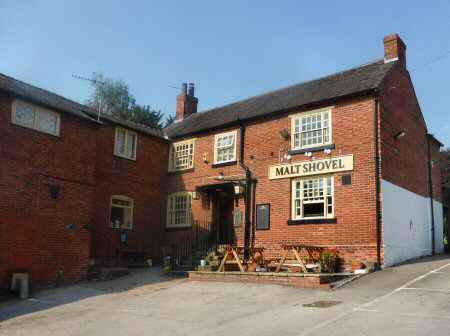
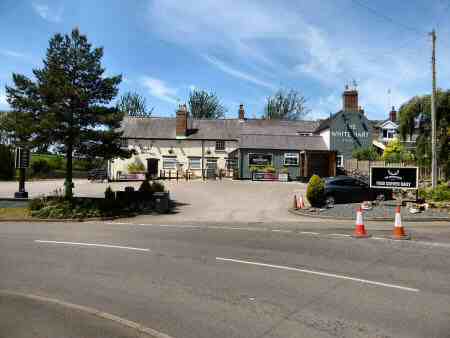
STENSON
Stenson along with Twyford, its smaller neighbour, is a civil parish in South Derbyshire. The Trent and Mersey Canal flows to the south of the settlement. A few yards away from the canal and marina is the Stenson Bubble Inn, a popular pub with a restaurant, accommodation and seating inside and out. The pub got its unusual name from a small spring on the downstream side of the lock.
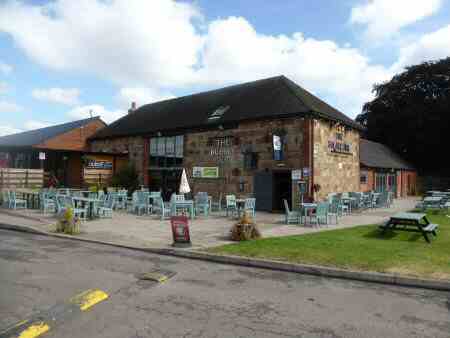
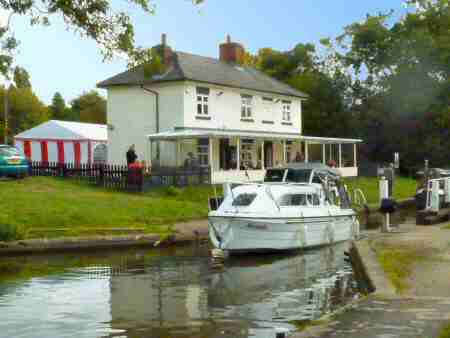
STENSON LOCK
The coffee shop at Stenson Lock overlooks the Trent and Mersey Canal, where you can sit and take refreshments while watching canal boats navigate the lock. The lock is the second deepest on the canal at 12 foot 6 inches in depth and, together with the red-brick road bridge behind it is Grade II listed.
